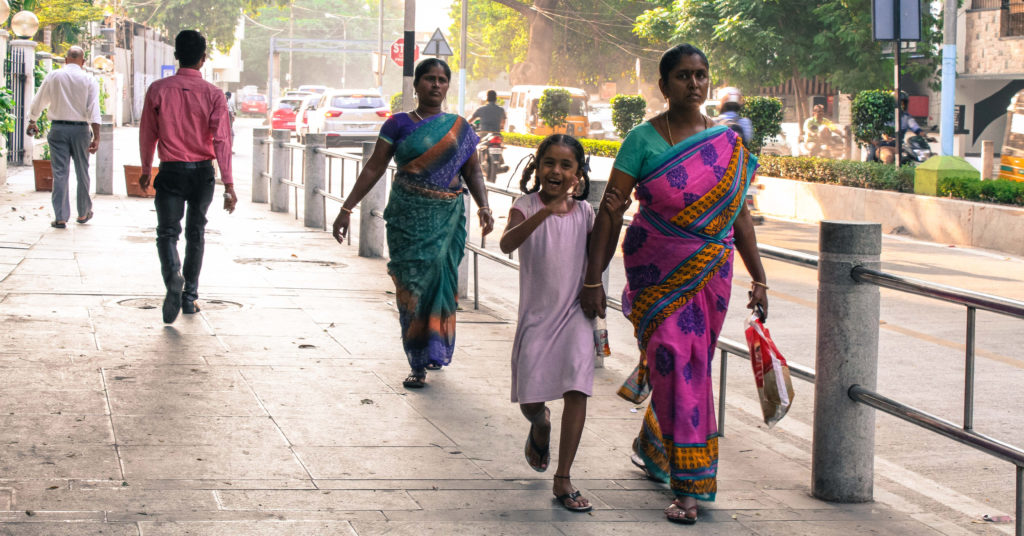In 2014, the municipal government of Chennai, India, now known as the Greater Chennai Corporation, adopted an Non-Motorised Transport (NMT) Policy to prioritise walking and cycling and discourage the use of personal motor vehicles. The policy aims to arrest the current decline in walking and cycling by creating a safe and pleasant network of footpaths, cycle tracks, greenways and other NMT facilities.
Despite a lack of safe infrastructure for non-motorized transport, one-third of all trips in the city are already made on foot and bicycle. The Corporation’s Chennai Street Design Project will ensure that these trips become safer, healthier, and more enjoyable through a redesigned urban transportation network. The Corporation will measure the effectiveness of the policy, using indicators such as walking and bicycling mode share, incidence of traffic crashes involving pedestrians and cyclists, footpath coverage, cycle track coverage, public transport mode share and private motor vehicle kilometres travelled.
To achieve these goals, the policy requires that at least 60 per cent of the city’s transport budget be allocated to constructing and maintaining infrastructure for NMT. This includes wider footpaths, safe bicycle infrastructure, better designed intersections, and street furniture. The city has set ambitious goals for itself: by 2018, build safe and continuous footpaths on at least 80 per cent of all streets, increase the share of walking and cycling trips to over 40 per cent, and, most significantly, eliminate pedestrian and cyclist deaths.
So far, the Greater Chennai Corporation has implemented over 50 km of high-quality footpaths. The progressive NMT Policy has inspired many national and international cities—from Chandigarh to Nairobi—to adopt similar policies.
